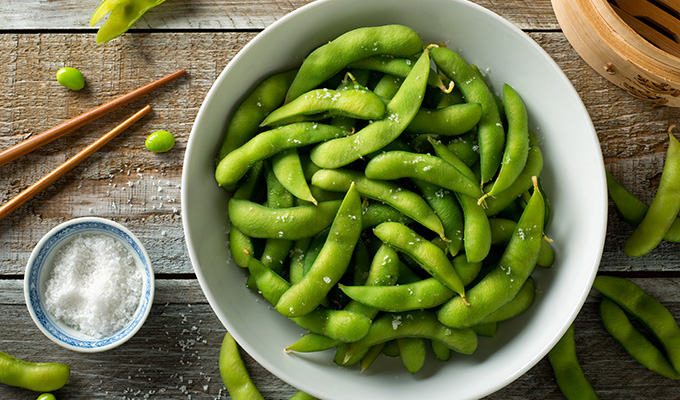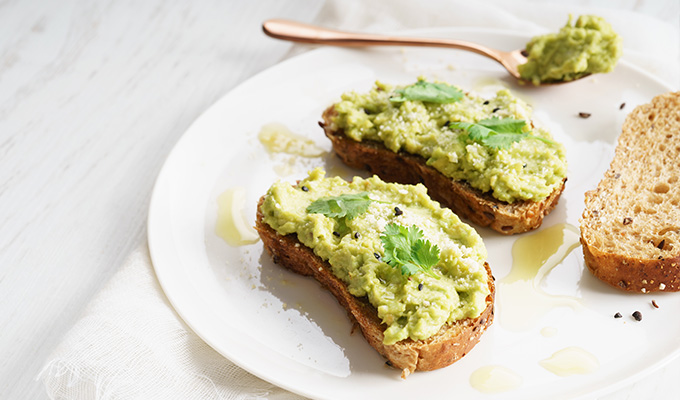Protein is King/Queen!
Getting enough protein in is the number one challenge for a lot of our 28ers, but with these tips, it won’t be long before you’re easily getting adequate protein every day.
Knowing why protein is so important
Protein is an essential macronutrient, which helps to rebuild muscle tissues and keep our muscles, nervous system, and immunity strong. Our bodies need adequate protein, especially when it comes to our body composition: It rebuilds muscle tissue which gets broken down during exercise, so we can recover quicker and build more muscle. People who have more muscle burn more calories, even at rest.
Protein has the highest Thermic Effect of Food (TEF), meaning it takes more calories to digest than carbohydrates and fats.
Knowing which foods are high in protein
It can be difficult to get more protein in your diet if you aren’t sure which foods are high in protein. A high protein food will have approx. 10-20+ grams of protein per serving, such as Greek yoghurt, cottage cheese, chicken breast, ground turkey, barramundi, navy/cannellini beans, protein powder, and canned tuna.

Include protein in your snacks
Common snack foods like rice cakes, popcorn and fruit, despite being healthier options are very low in protein and tend to be less satiating. Snacks that contain protein will help to keep you fuller for longer and maintain your energy throughout the day.
Protein-rich snacks include:
- Protein balls
- Fruit with nut butter
- Crackers with tuna or cottage cheese
- Veggie sticks with hummus
- Boiled eggs
- Edamame beans/ chickpeas https://28bysamwood.com/recipes/choc-chickpea-biscuits/
Keep your meals “protein-centric” – base your meals around a primary protein source, by selecting a high-quality protein source first and then adding carbs and fats. This is also a great tip when eating out, trying to choose a menu option that is built around a quality source of protein. Here are a few examples:
- Breakfast – poached eggs and grilled tomato on wholegrain bread
- Lunch – chicken nourish bowl with kale and quinoa
- Dinner – baked fish with Asian greens and brown rice

This could also be tweaking your meals that lack protein, such as:
- Pasta – swap whole meal pasta to chickpea or pulse pasta and sprinkle over some nutritional yeast
- Avocado toast – mash your avocado with some cottage cheese or Greek yoghurt before spreading it on your toast
- Choosing different cuts of meat – opt for a roast turkey wrap instead of ham
- Space protein throughout the day – try to include 15-30 grams of protein with each meal, or 25-35% of each meal to be made up of a protein source. This will help to reduce hunger levels and boost your metabolism.
- Plan meals ahead of time/ meal prepping – A simple strategy that is often overlooked! This can be as basic as cooking extra dinner the night before to have for lunch the next day or freezing leftovers for a grab-and-go meal. As basic as it sounds, it helps take the guesswork out of what to eat.

